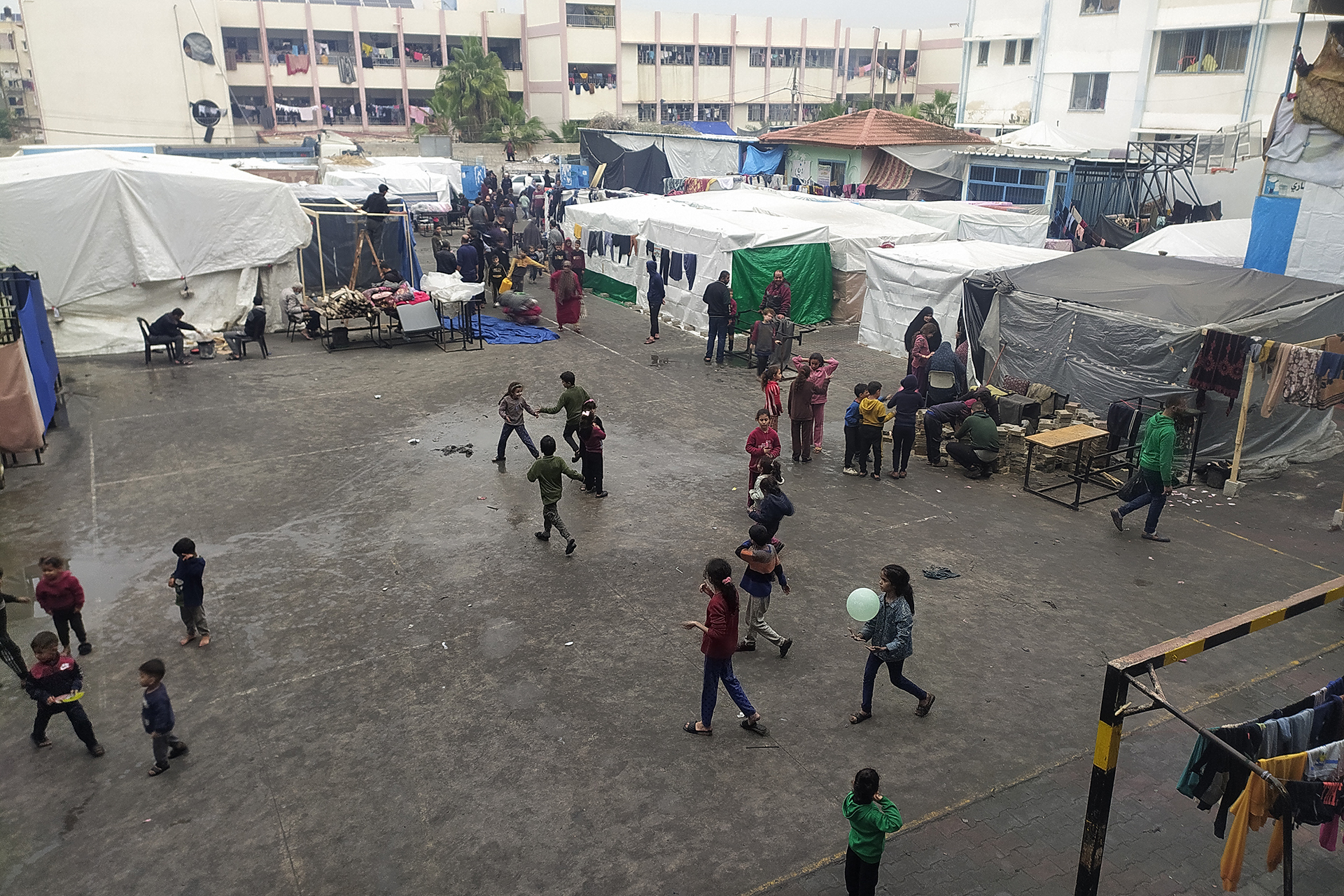The amount of food that entered the Gaza Strip is only 10% of the amount needed by the residents of the Gaza Strip (Al-Jazeera)
All 2.2 million residents of the Gaza Strip, who have been witnessing brutal Israeli aggression since October 7, will face a high level of acute food insecurity in the next six weeks and a daily increasing risk of famine, according to a report by a UN program monitoring hunger levels in the world on Thursday.
The UN-backed Integrated Food Security Phase Classification (IPC) report, which ranks hunger levels from 1 to 5, predicted that by February 7, in the "most likely scenario," "all of Gaza's population" would be at a hunger level that touches "the crisis or worse."
The report revealed that this is the highest proportion of people ever facing high levels of food insecurity rated by IBC compared to any region or country.
The report also warned that by February 50 about 7 percent of Gaza's population is expected to enter the "emergency" level, which includes high rates of acute malnutrition and increased mortality.
The report noted that "at least one in 4 households", more than half a million people, will face catastrophic conditions at the "fifth level".
The humanitarian situation in Gaza has deteriorated rapidly since Israel began its aggression on the Gaza Strip on October 7 with heavy and indiscriminate shelling of large areas of the territory.
International concern has mounted around Gazans who, in addition to the daily bombardment, are suffering from shortages of food, water and fuel, most hospitals are out of service and 1.9 million people have fled their homes, villages and cities, according to the United Nations.
UN agencies continue to warn of a deep humanitarian crisis in the Gaza Strip, where half the population is severely or severely hungry and 90 per cent of them are continuously deprived of food for an entire day, according to the UN Office for the Coordination of Humanitarian Affairs (OCHA).
Trucks carrying aid from Egypt have delivered some food, water and medicine, but the United Nations says the amount of food is only 10 percent of the amount needed by the Strip's population, most of whom have been displaced.
Source: Agencies

